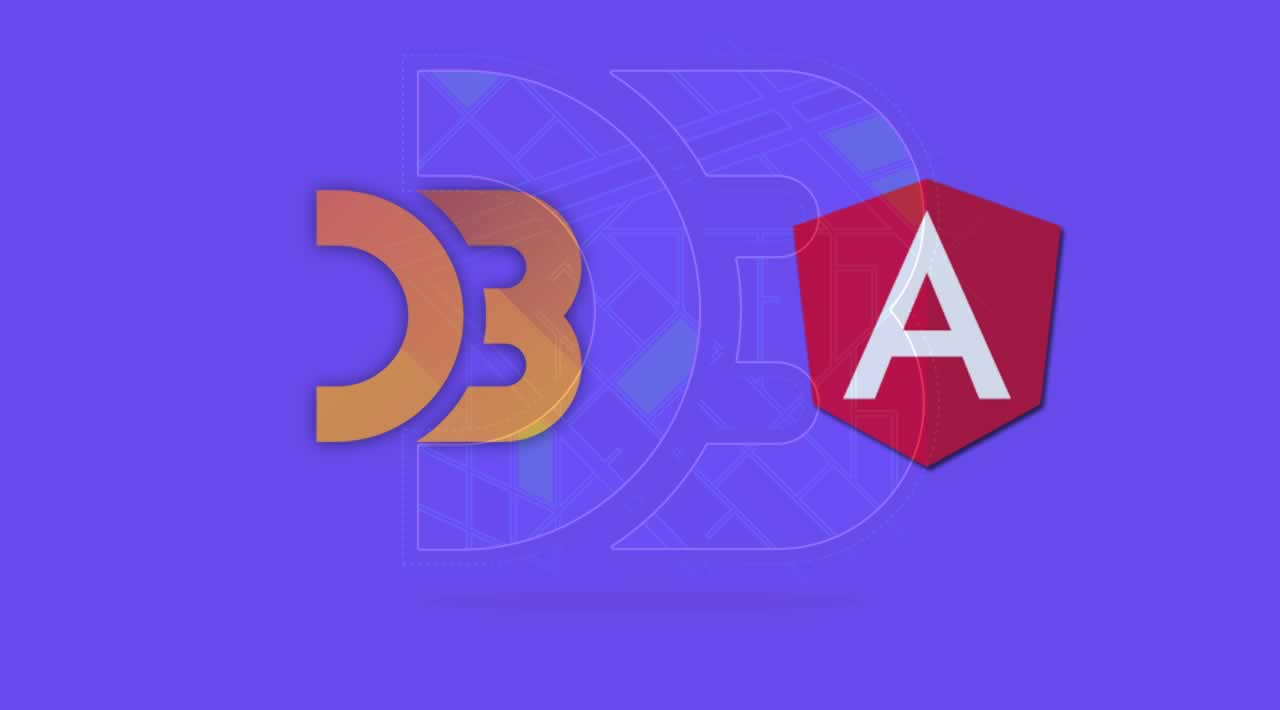When you need to create rich data visualizations in your Angular app, D3.js is a great choice. Learn how to create three basic charts in our tutorial.
As more organizations focus on collecting and analyzing data, one of the challenges that product teams face is presenting that data in a useful way. While many software developers default to list and table views, these presentation formats have a tendency to overwhelm users.
Data visualization helps you better communicate meaning in your data by portraying it in a graphical format. This often means bar charts, scatter plots, or pie charts. Because most data visualizations on the web are generated on the frontend, JavaScript is the language of choice for data visualization libraries.
Of the available libraries, D3.js is one of the most popular. It allows you to create data visualizations by manipulating the DOM based on dynamic data. D3 is reactive, meaning that instead of generating a static image on the server and serving it to the client, it uses JavaScript to “draw” HTML elements onto your webpage. This makes D3 powerful, but also a little harder to use than some other charting libraries.
Angular is maintained by Google and is one of the most popular open-source frontend web frameworks. In this tutorial, you’ll see how you can add data visualizations to your Angular app using D3. You’ll go through the process of setting up Angular and D3, adding three common types of charts, and importing data from a third-party API or local CSV file. By the end, you should have a starting point for creating your own data visualizations using D3 and Angular.
#angular #developer
